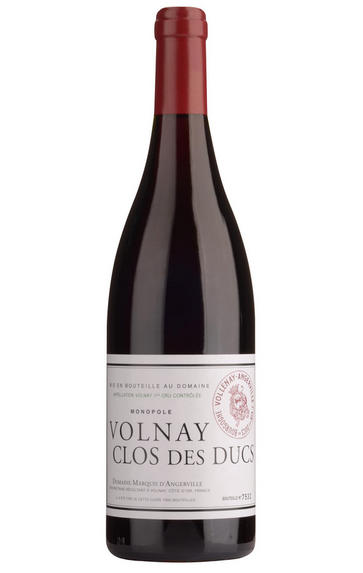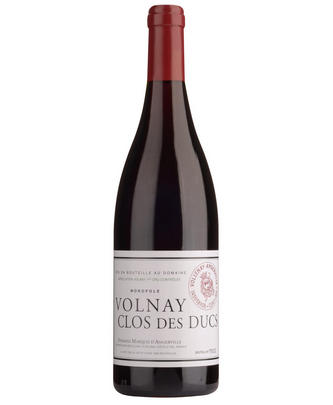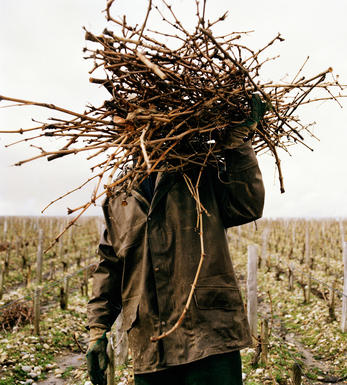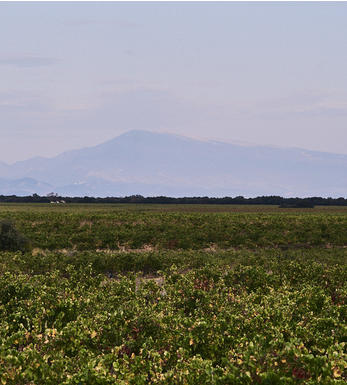
2003 Volnay, Clos des Ducs, 1er Cru, Domaine Marquis d'Angerville, Burgundy

Critics reviews
Pierre Rovani - 29/04/2005
About this WINE

Domaine Marquis d'Angerville
Domaine Marquis D’Angerville controls vineyards in some of the most enviable communes of Burgundy, including Clos des Ducs, Champans, Cailleret and L’Ormeau, all Premier Crus.
There is a rigorous and selective winemaking process, with true dedication being put in to create excellent red and white wines.

Volnay
The finest and most elegant red wines of the Côte de Beaune are grown in Volnay, a village which might be twinned with Chambolle- Musigny in the Côte de Nuits, for the high active chalk content in the soil and comparatively low clay content.
Whereas in earlier times Volnay was made in a particularly light, early drinking style, these days there are many producers making wines which age extremely well. The best vineyards run either side of the RN73 trunk road.- 98 hectares of village Volnay
- 115 hectares of Premier Cru vineyards (35 in all). The finest include Les Taillepieds, Clos des Chênes, Champans, Caillerets (including Clos des 60 Ouvrées) and Santenots in Meursault.
- Recommended producers: Lafarge, Lafon, de Montille

Pinot Noir
Pinot Noir is probably the most frustrating, and at times infuriating, wine grape in the world. However when it is successful, it can produce some of the most sublime wines known to man. This thin-skinned grape which grows in small, tight bunches performs well on well-drained, deepish limestone based subsoils as are found on Burgundy's Côte d'Or.
Pinot Noir is more susceptible than other varieties to over cropping - concentration and varietal character disappear rapidly if yields are excessive and yields as little as 25hl/ha are the norm for some climats of the Côte d`Or.
Because of the thinness of the skins, Pinot Noir wines are lighter in colour, body and tannins. However the best wines have grip, complexity and an intensity of fruit seldom found in wine from other grapes. Young Pinot Noir can smell almost sweet, redolent with freshly crushed raspberries, cherries and redcurrants. When mature, the best wines develop a sensuous, silky mouth feel with the fruit flavours deepening and gamey "sous-bois" nuances emerging.
The best examples are still found in Burgundy, although Pinot Noir`s key role in Champagne should not be forgotten. It is grown throughout the world with notable success in the Carneros and Russian River Valley districts of California, and the Martinborough and Central Otago regions of New Zealand.


Buying options
Add to wishlist
Description
Dark cherries, black plums, and violets can be discerned in the aromatic profile of the 2003 Volnay Clos des Ducs (red). The most structured of dAngervilles 2003s, this medium-bodied wine displays outstanding depth of fruit, concentration, and length. Built for those with patience, it coats the palate with intense, powerfully flavored dark cherries as well as massive quantities of tannin. When tasting in mid-November, I sensed the tannin was beginning to melt, a feeling confirmed by dAngerville who stated that it had been hard as a rock over the summer. Anticipated maturity: 2011-2020.
Pierre Rovani - 29/04/2005
wine at a glance
Delivery and quality guarantee